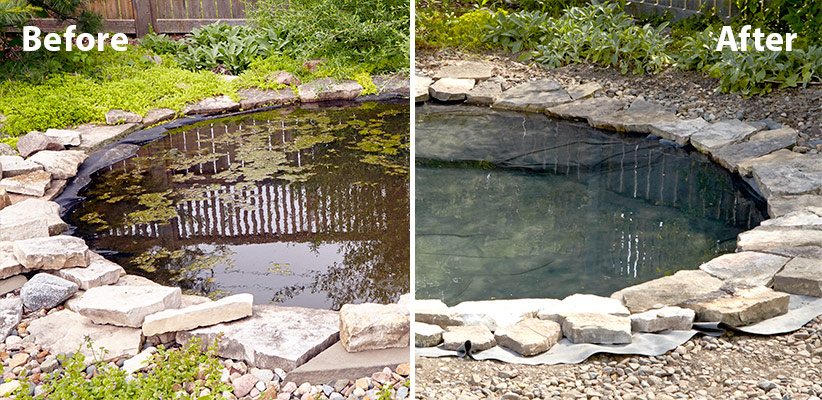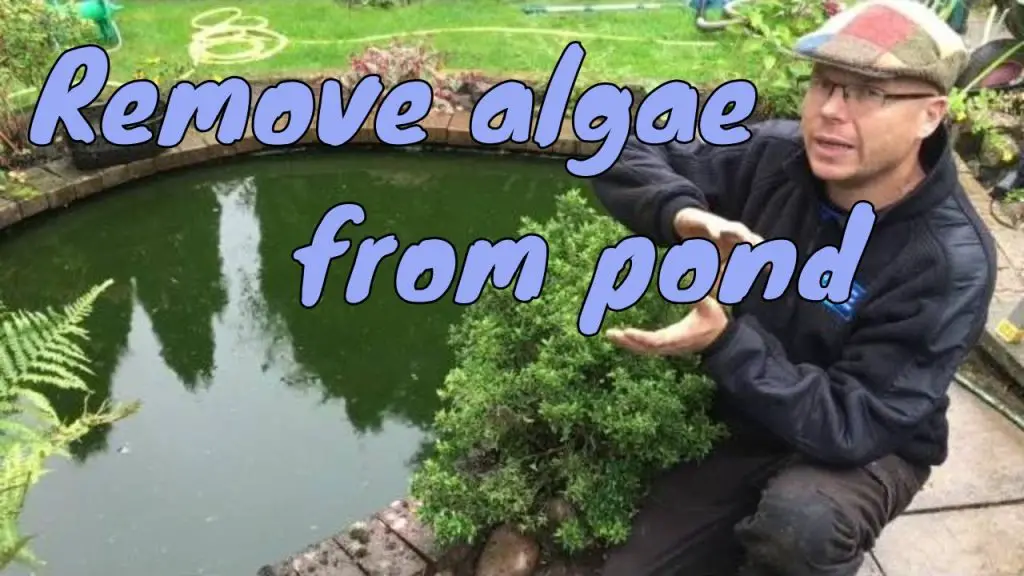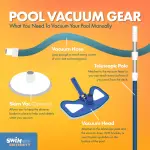Algae can quickly take over a pond, turning the water green and creating a slimy mess. Fortunately, there are several methods you can use to effectively kill algae and restore the beauty of your pond. Let’s explore some of the most effective ways to combat algae growth in your pond.

Credit: www.gardengatemagazine.com
1. Manual Removal
One of the simplest ways to control algae growth in your pond is by manually removing it. You can use a pond skimmer or a fine mesh net to scoop out the algae from the water. This method is effective for small amounts of algae and can help prevent it from spreading further.
2. Beneficial Bacteria
Introducing beneficial bacteria into your pond can help to naturally control algae growth. These bacteria consume the nutrients that algae thrive on, effectively starving them and reducing their numbers. You can find these bacteria in liquid or powder form at garden centers and pond supply stores.
3. Barley Straw
Barley straw is another natural method for controlling algae in a pond. When barley straw decomposes in the water, it releases compounds that inhibit algae growth. Simply place a bale of barley straw in your pond and let it work its magic. This method is safe for fish and other aquatic life.
4. Pond Aeration
Pond aeration is an effective way to improve water quality and reduce algae growth. By adding an aerator to your pond, you can increase oxygen levels in the water, which can help to prevent algae from flourishing. Aeration also helps to circulate the water and prevent stagnant areas where algae can thrive.
5. Chemical Treatments
If manual removal and natural methods are not effective in controlling algae in your pond, you may need to turn to chemical treatments. Algaecides are chemicals specifically designed to kill algae and are available in liquid or granular form. It is important to follow the instructions carefully when using algaecides to avoid harming fish and other aquatic life.
6. UV Sterilizers
UV sterilizers are another effective tool for controlling algae in a pond. These devices use ultraviolet light to kill algae cells and prevent them from reproducing. UV sterilizers are easy to install and can help to keep your pond water clear and algae-free.
7. Shade the Pond
Algae thrive in sunlight, so providing shade for your pond can help to reduce algae growth. You can plant trees or install shade sails to block out some of the sunlight and create a more favorable environment for fish and plants to thrive while inhibiting algae growth.
8. Proper Filtration
Installing a good quality filtration system in your pond can help to remove excess nutrients and debris that algae feed on. A combination of mechanical and biological filtration can help to keep your pond water clean and clear, reducing the risk of algae blooms.
9. Regular Maintenance
Regular maintenance is key to preventing algae growth in your pond. Make sure to remove debris, leaves, and other organic matter from the water regularly. Test the water quality regularly and make adjustments as needed to maintain a healthy balance in your pond.
10. Balance the Ecosystem
Creating a balanced ecosystem in your pond is essential for controlling algae growth. Make sure to have a good mix of plants, fish, and other aquatic life to help naturally regulate the nutrient levels in the water. Avoid overfeeding fish and be mindful of the amount of fertilizer you use in and around the pond.

Credit: www.youtube.com
Conclusion
Algae growth can quickly become a nuisance in a pond, but by implementing these effective methods, you can keep it under control and maintain a healthy and beautiful aquatic environment. Whether you prefer natural solutions or chemical treatments, there are plenty of options available to help you combat algae and enjoy a clear and vibrant pond.





